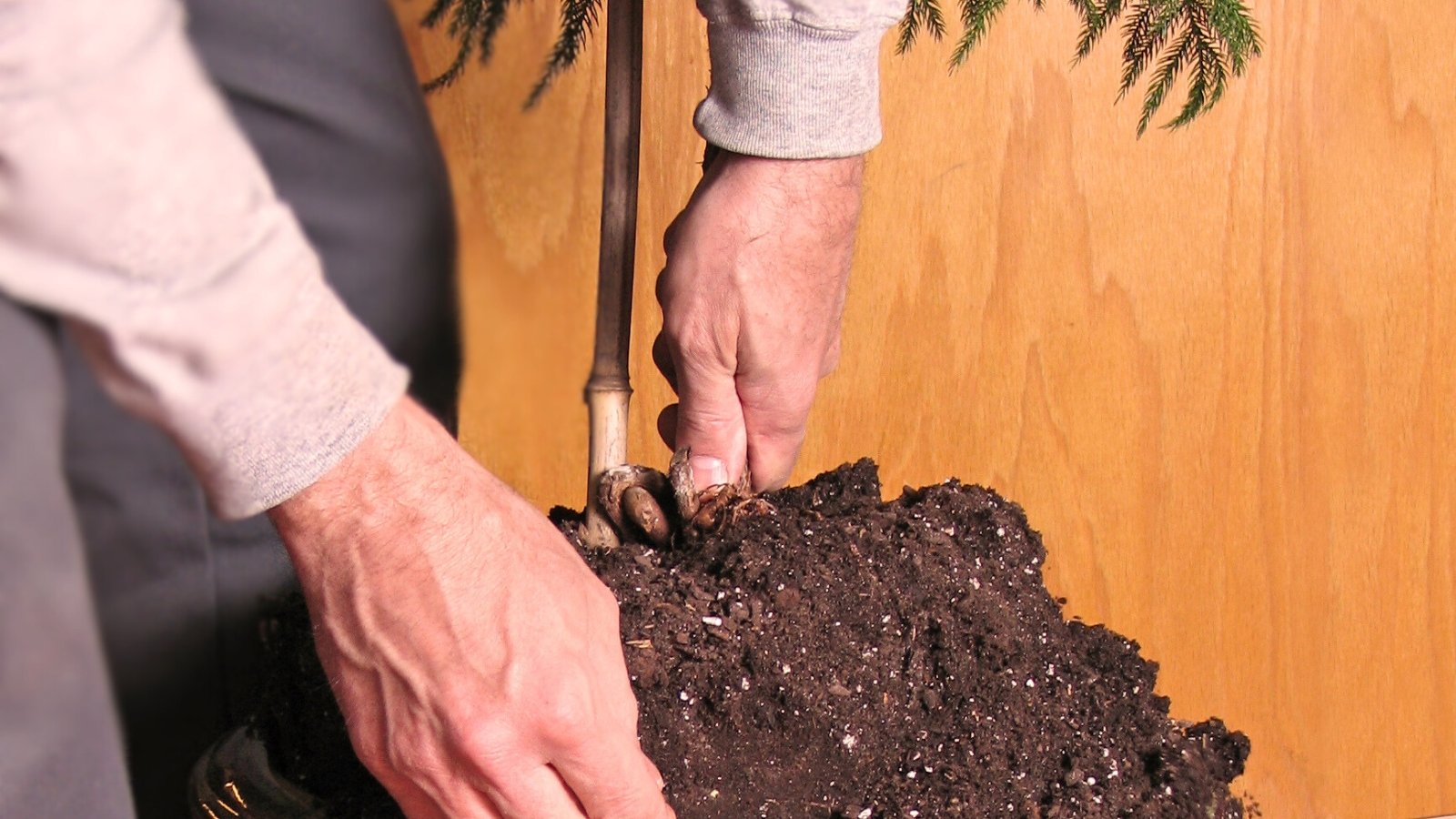Norfolk Island pine trees are popular gifts during the holiday season. They grow well in containers and thrive in pleasant indoor spaces with bright indirect light.
As easy as they are to maintain, they’ll outgrow their containers every three or four years. After all, these Araucarias can grow to 200 feet tall!
However, don’t let their potential size intimidate you. They are slow growers, and with a little maintenance and repotting, you’ll have vibrant indoor trees for years to come. Keep reading below to learn the best ways to repot your Norfolk Island pine tree.
Repot in the Spring
Spring is the perfect time to repot your Norfolk Island pines. During this time, they send nutrients and water toward their apical buds. This active growth phase energizes your evergreen houseplants for the new season. With the extra energy, they’ll handle the stress of replanting.
After the shock of repotting, they’ll divert their energy to their roots. Your trees will have the rest of spring and summer to grow their roots in the new soil. The longer days bring more sunshine and energy, making it easier for them to grow.
If you repot them in fall or winter, your trees won’t have the nutrients and energy they need to handle the move. Also, the shorter days mean they’ll have less sunlight to draw energy from. Although they’ll probably survive repotting during these seasons, it’ll be harder for them to recover.
Choose the Right Pot
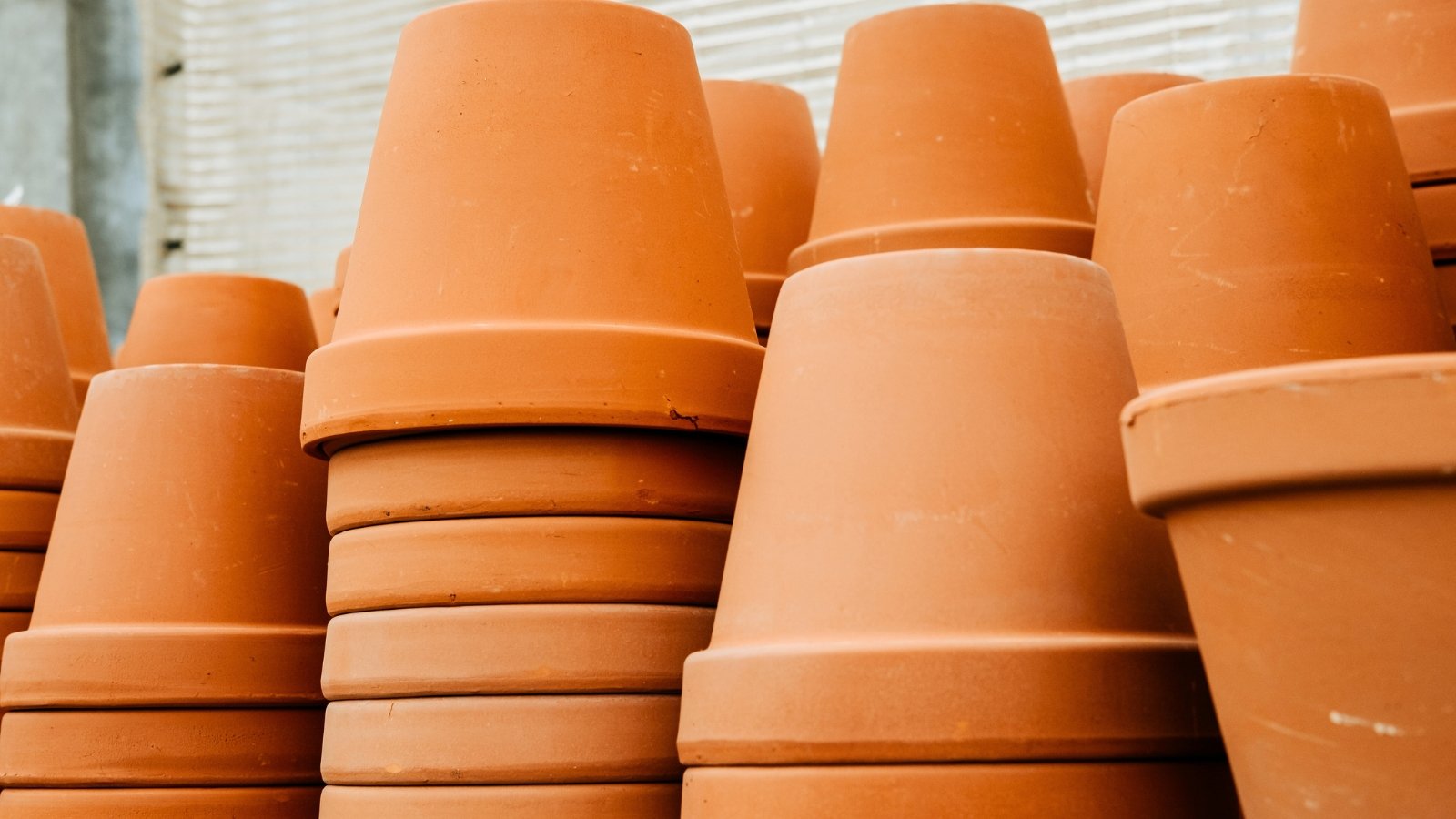
Norfolk Island pines need a well-draining pot that’s at least one or two inches wider and deeper than their previous container. They flourish in earthenware or even 65-gallon grow bags.
Earthenware pots work well because they regulate the temperature of your soil. Your Norfolk Island pines thrive in consistently warm temperatures.
Besides the materials and size, the most important thing to look for is good drainage. Although they come from wet environments, they don’t like growing in soggy soil. This can lead to root rot and disease.
Pick the Right Soil
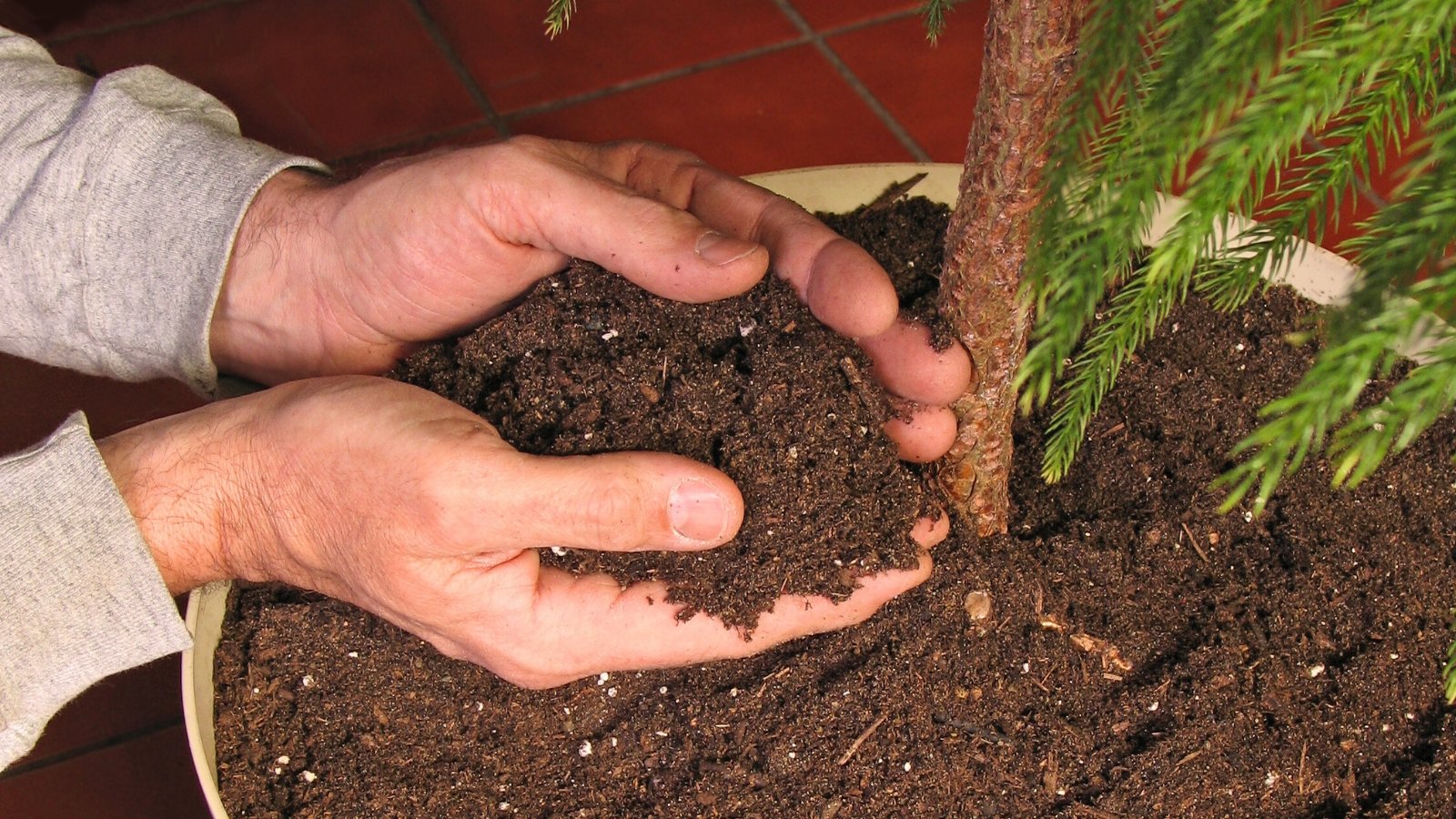
Choosing the right type of soil is important for growing these sub-tropical evergreens in pots. In their native habitat of Norfolk Island, they grow in volcanic clay soils with high acidity. You can mimic this soil environment at home.
Start by blending well-draining grit with sand and compost. Add peat moss for the right texture and porousness. Aim for a soil pH of around 4.5 to 5.5.
Test your soil with a home test kit now and then to adjust it as needed to maintain a slightly acidic range. You can lower your soil’s pH by using sulfur or ammonia-containing fertilizers. Lowering your soil’s pH can be trickier than raising it, so keep testing until you get it right.
Be Gentle With Their Roots
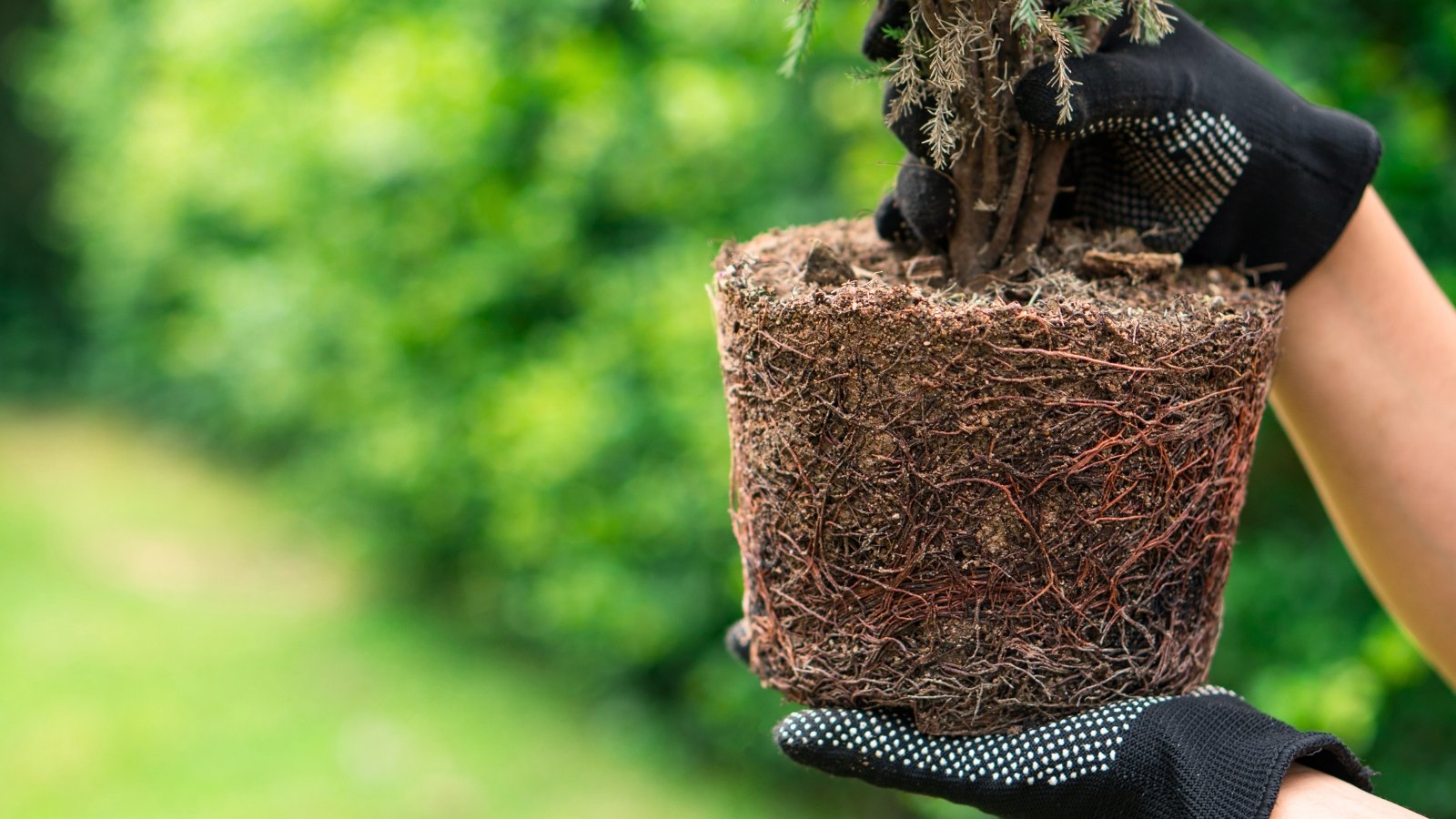
When you’re ready to repot them into larger containers, handle them with care. Their roots are delicate and easy to damage.
This is especially true when your plants are young. Even though their roots are delicate, young trees are easier to repot than mature ones.
When you’re ready to repot, go slowly and follow the steps below:
- Hold your trees on their side and tip the containers.
- Try to loosen the soil and roots by gently rolling the containers.
- If your plants don’t slide out effortlessly, grab them by the base of their trunk and gently pull. Don’t grab their delicate branches.
- Loosen up the root balls with clean hands until some of the roots are free from dirt and grit.
- Collect the old soil and mix it in with the new earth to give your roots a gentle, balanced medium to grow in.
- Fill your new container with soil and enjoy your newly repotted sub-tropical Christmas tree.
Wear Gloves When Repotting
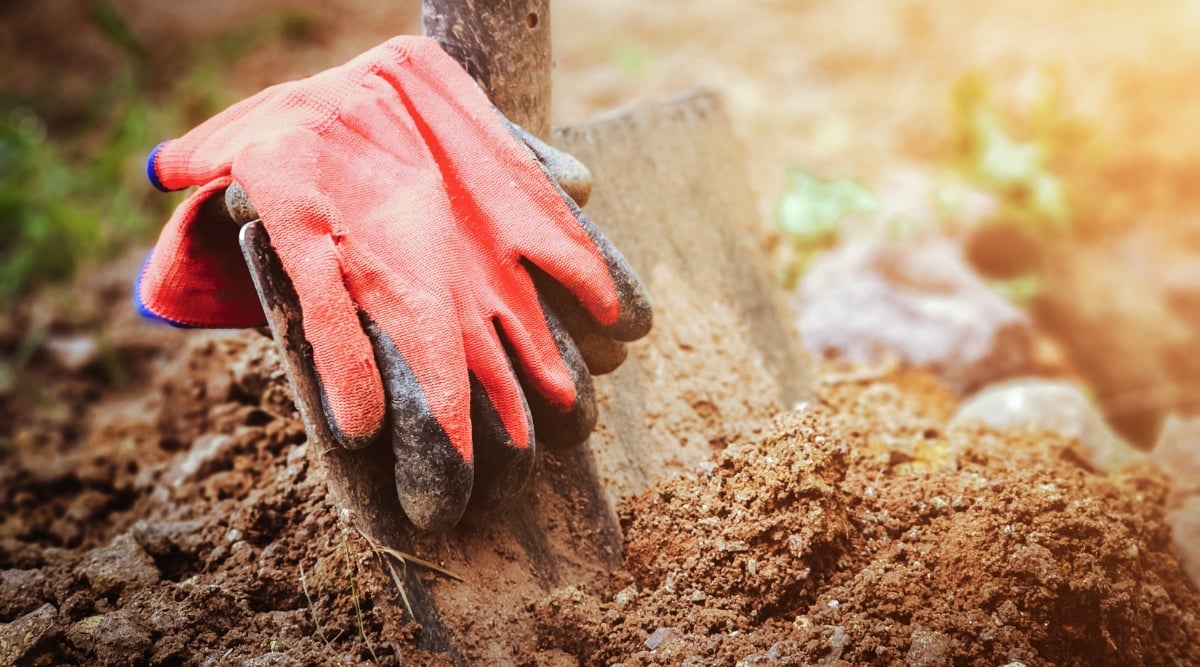
Norfolk Island pines may not be true pines—they’re Araucaria, similar to Chilean Monkey Puzzle trees—but they can still be sharp. Wear sturdy gardening gloves to protect your hands from their leaves and spikes around the trunk.
Gloves don’t just protect you from your trees’ spikes. They also help prevent the spread of bacteria and fungus on the plants and your skin.
Give Them Enough Light
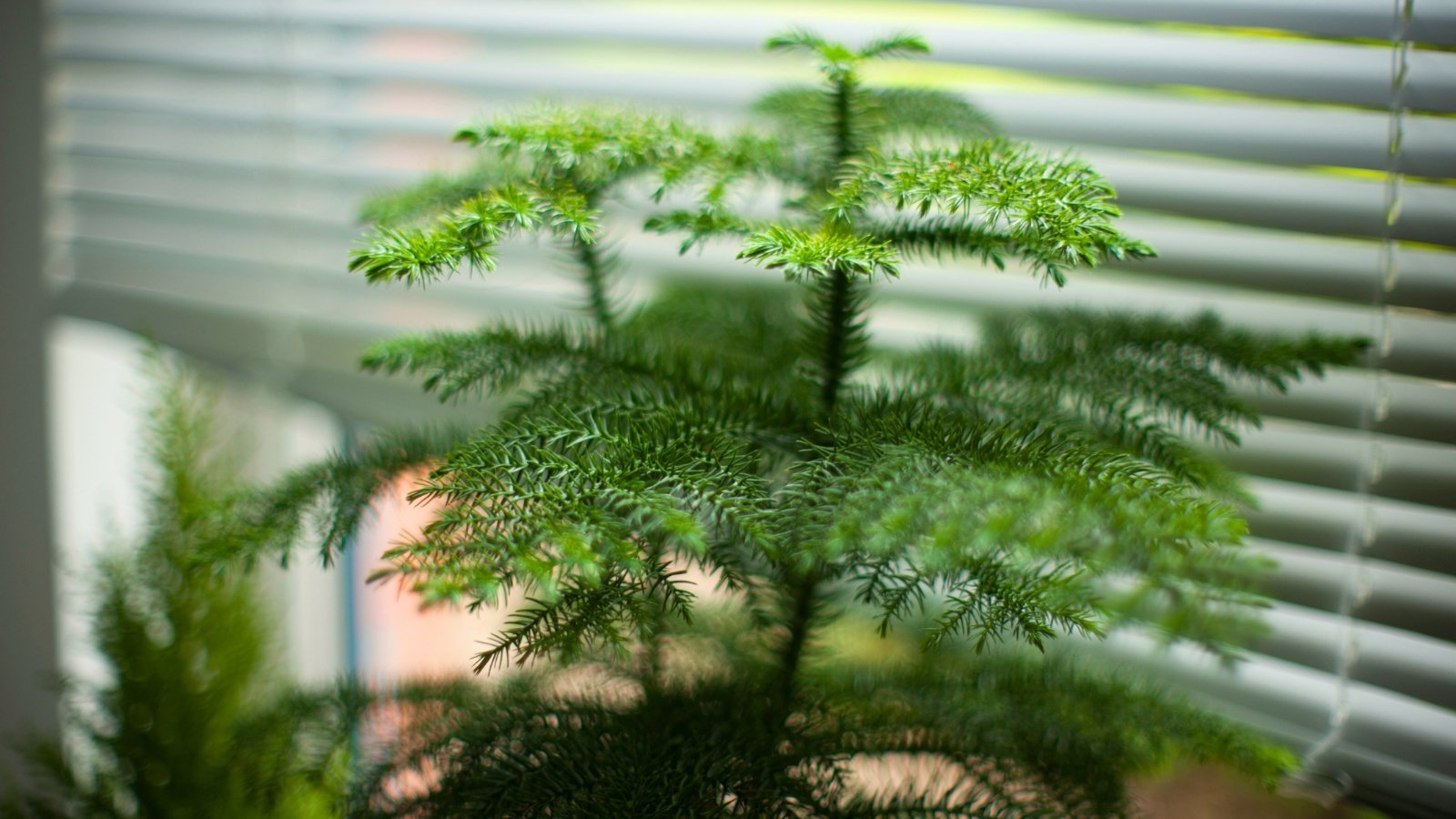
Once you repot your evergreens, make sure they’re getting enough light. These trees need a lot of light to flourish and won’t handle too much shade. Without an abundance of sunlight, your trees may experience leggy growth.
Move your containers near a south-facing window if you live in the Northern Hemisphere. Turn your containers every few days to make sure each part of your trees gets enough sunlight.
They can handle lower light conditions in winter, but in spring and summer, take advantage of the bright long days to encourage vigorous growth. They will bounce back from the shock of repotting and thrive in their new containers.
Spray With Mist Daily
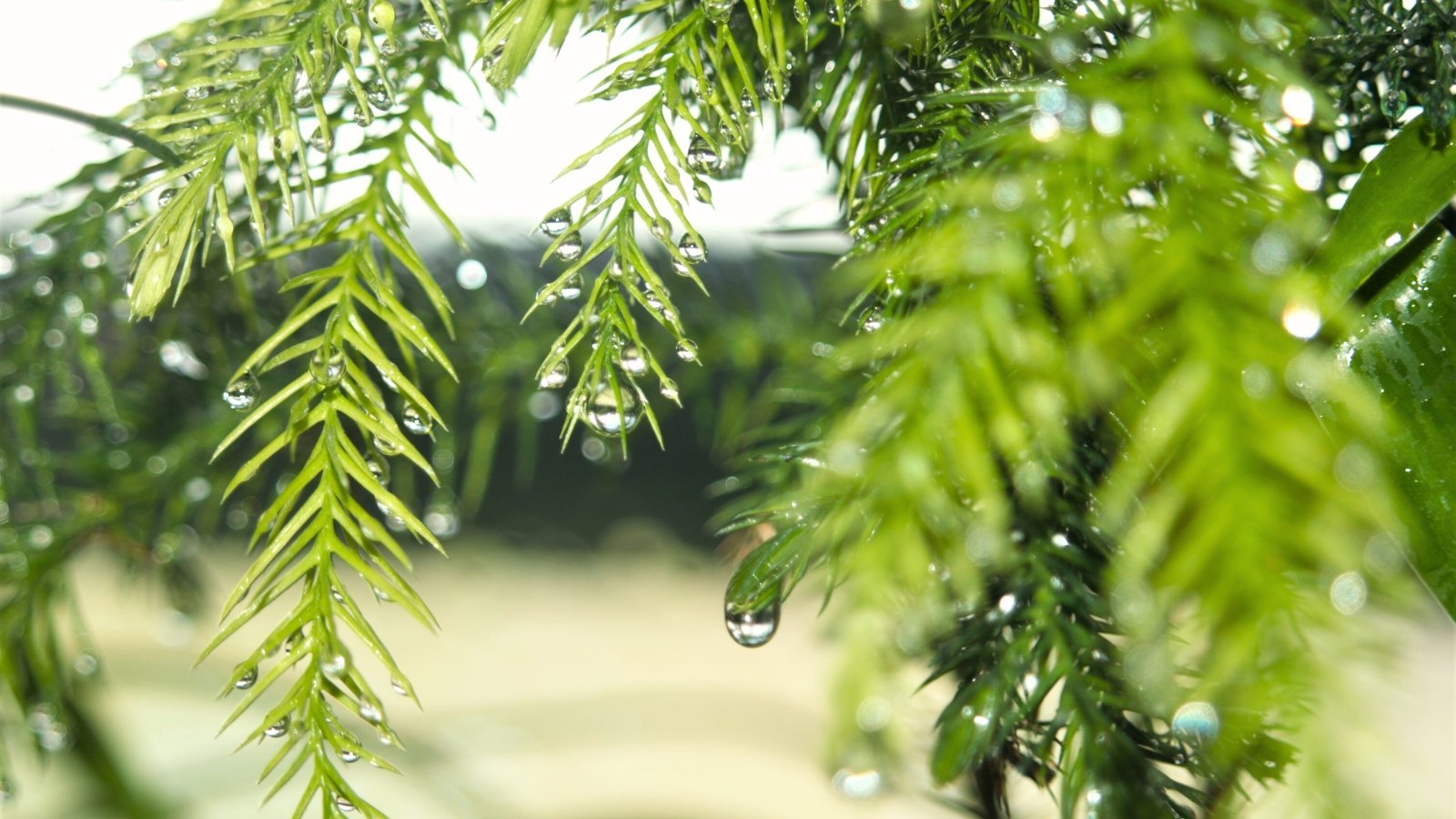
Give your newly replanted Araucarias a daily mist. This helps replicate their native environment and gives them enough moisture to stay hydrated. These towering giants-turned-houseplants thrive in misty environments with 50% humidity.
Misting your plants is an easy way to make the surrounding air more humid. It also keeps the branches moist after transplanting. Dry and brittle branches can easily snap off, leaving the plants susceptible to infection.
After misting for one or two months, your trees should be good to go on their own. You can always use a humidifier if the air is continuously dry.
Avoid Overwatering
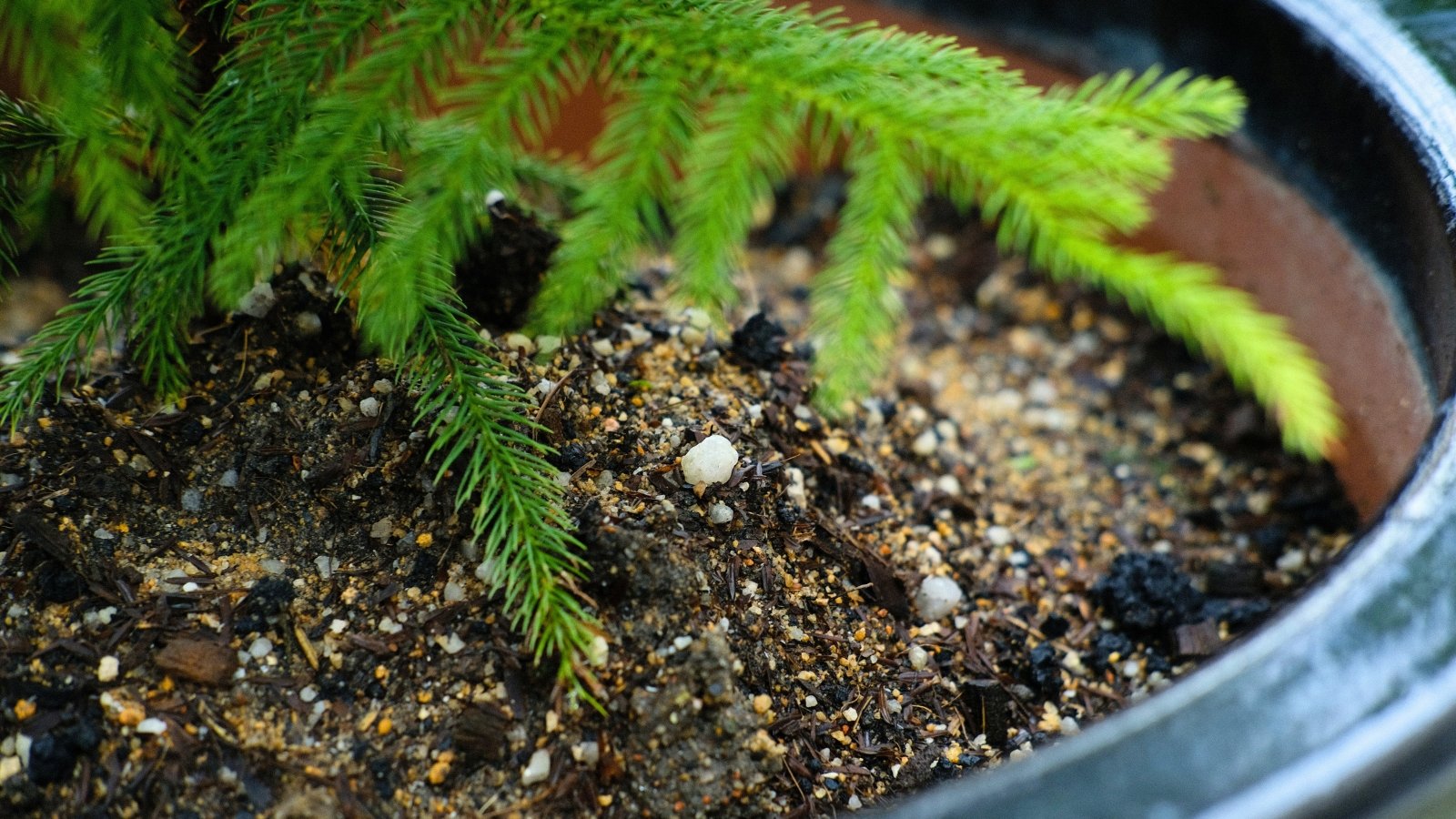
Overwatering your newly transplanted Norfolk Island pines can lead to a lot of problems. These evergreens have delicate roots that are susceptible to root rot.
Water them consistently, but let the upper layer of soil dry out between watering. Allow the containers to drain completely before giving them another soak.
If you notice your tree branches turning brown and brittle, you’ve restricted their water too much. Water them a little more until you see their bright green color return. Healthy foliage should be vibrant and soft.
Try Fertilizing
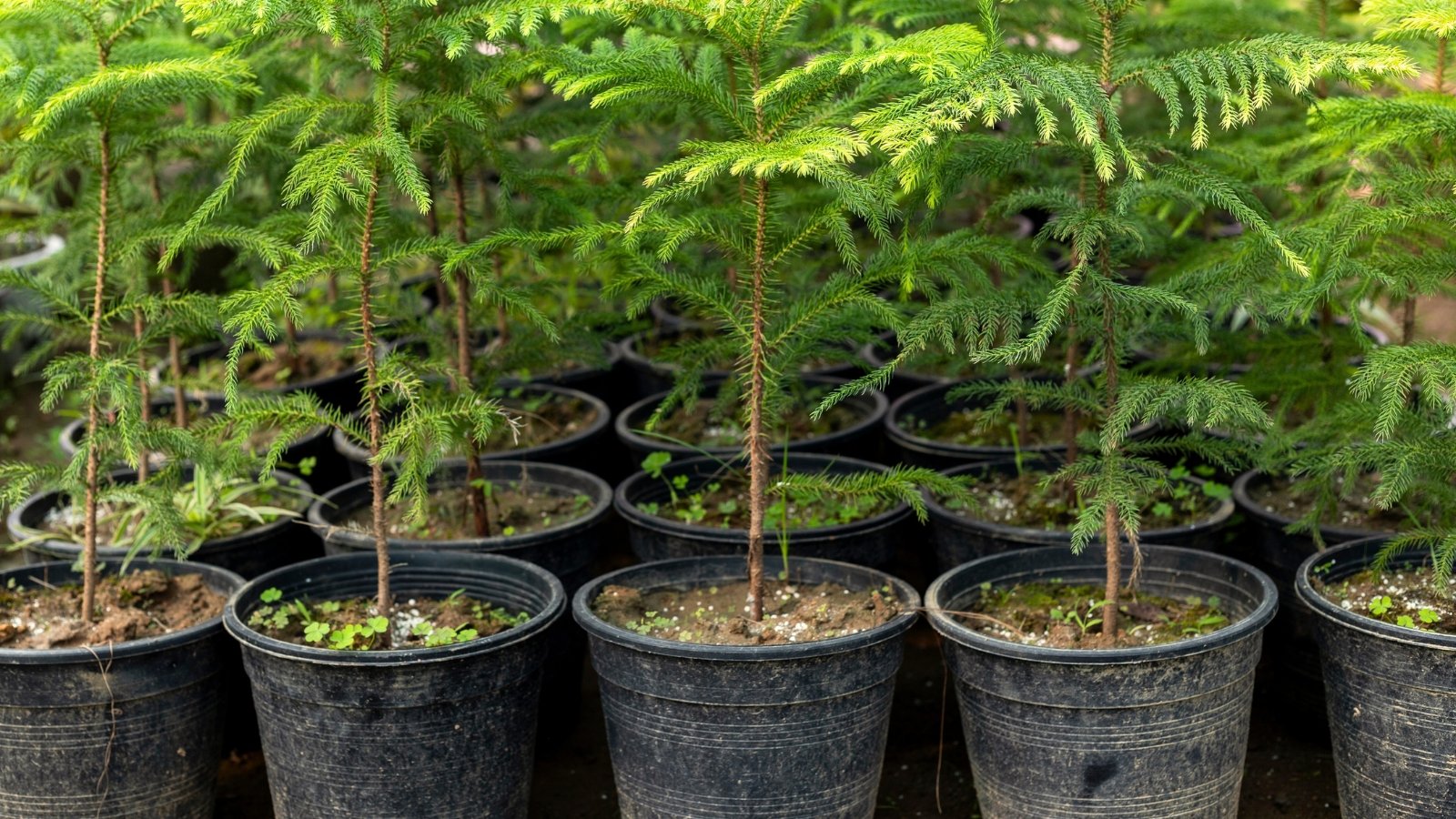
Mature Norfolk Island pines growing outdoors don’t need fertilizer. However, when growing your evergreens indoors, a bit of nutrient-dense plant food helps. After repotting in the spring, try using a weak liquid houseplant fertilizer. This will help the roots grow and form a strong root system.
When you see new growth appear in spring, feed your plants some more. Stop fertilizing in the fall and winter when new growth slows down. Over-fertilizing can cause problems with your plants and lead to nutrient buildup in the soil.
Because these trees love slightly acidic soil, look for a liquid conifer fertilizer or food with extra sulfur or ammonia. Always follow the directions on your fertilizer packet.
Stake Your Evergreens If Needed
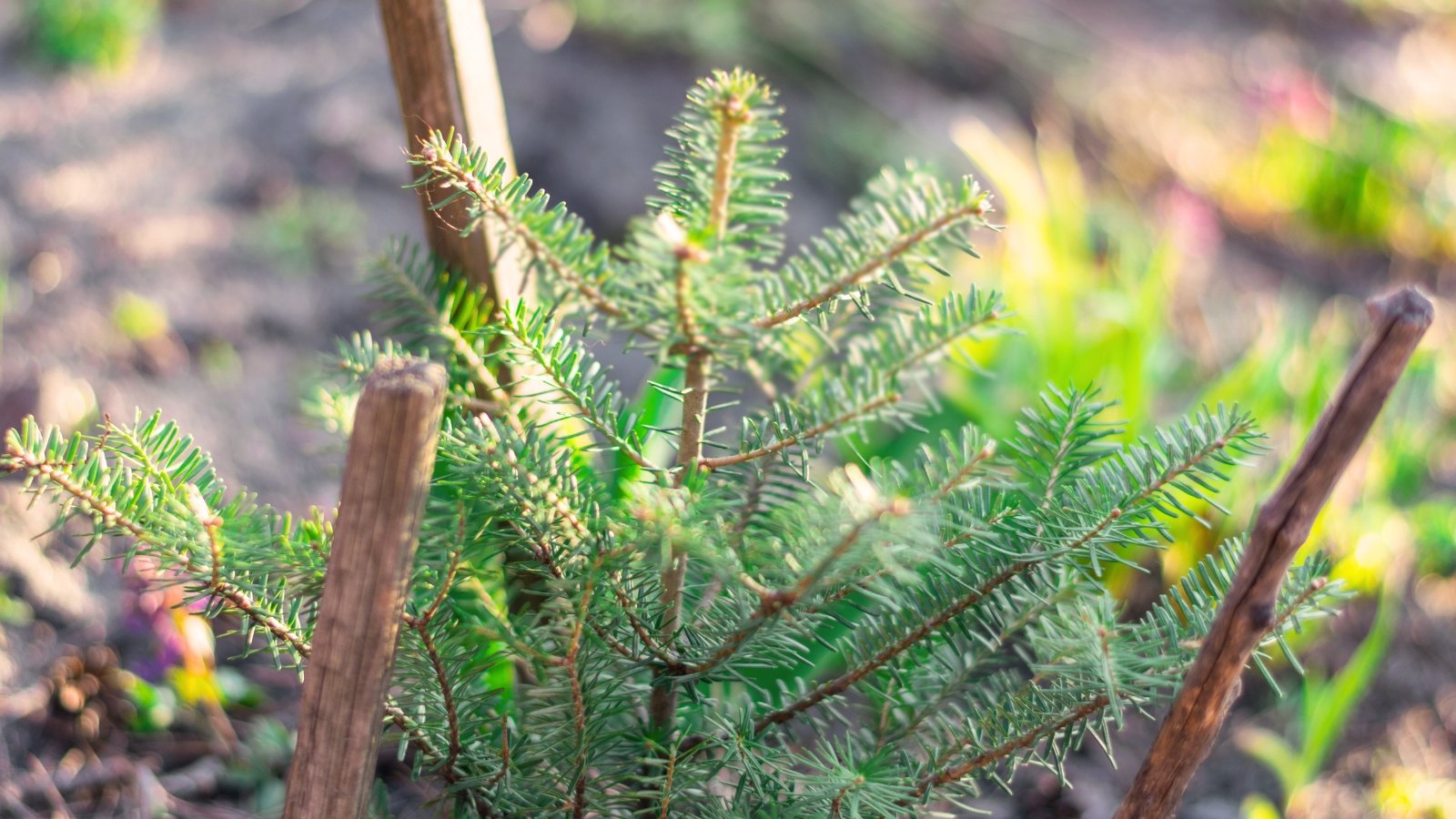
Sometimes, the stress of repotting can weaken your evergreen houseplants and their root systems. They may start to lean or, at worst, fall over. When this happens, try sticking a stake in the soil to support them.
Wooden or metal stakes work the best. Make sure to disinfect the stakes before sticking them in your soil. Pests can hitch a ride on wood and quickly infect your container’s soil. After disinfecting, carefully slide the stake into the soil away from the root system.
Once you’ve staked your soil, use string to wrap around the trunk and the stake. As the roots become stronger and more established, you can remove the stake and let your trees stand on their own. Watch your trees after removing them, in case they need more support.
Check for Pests and Disease
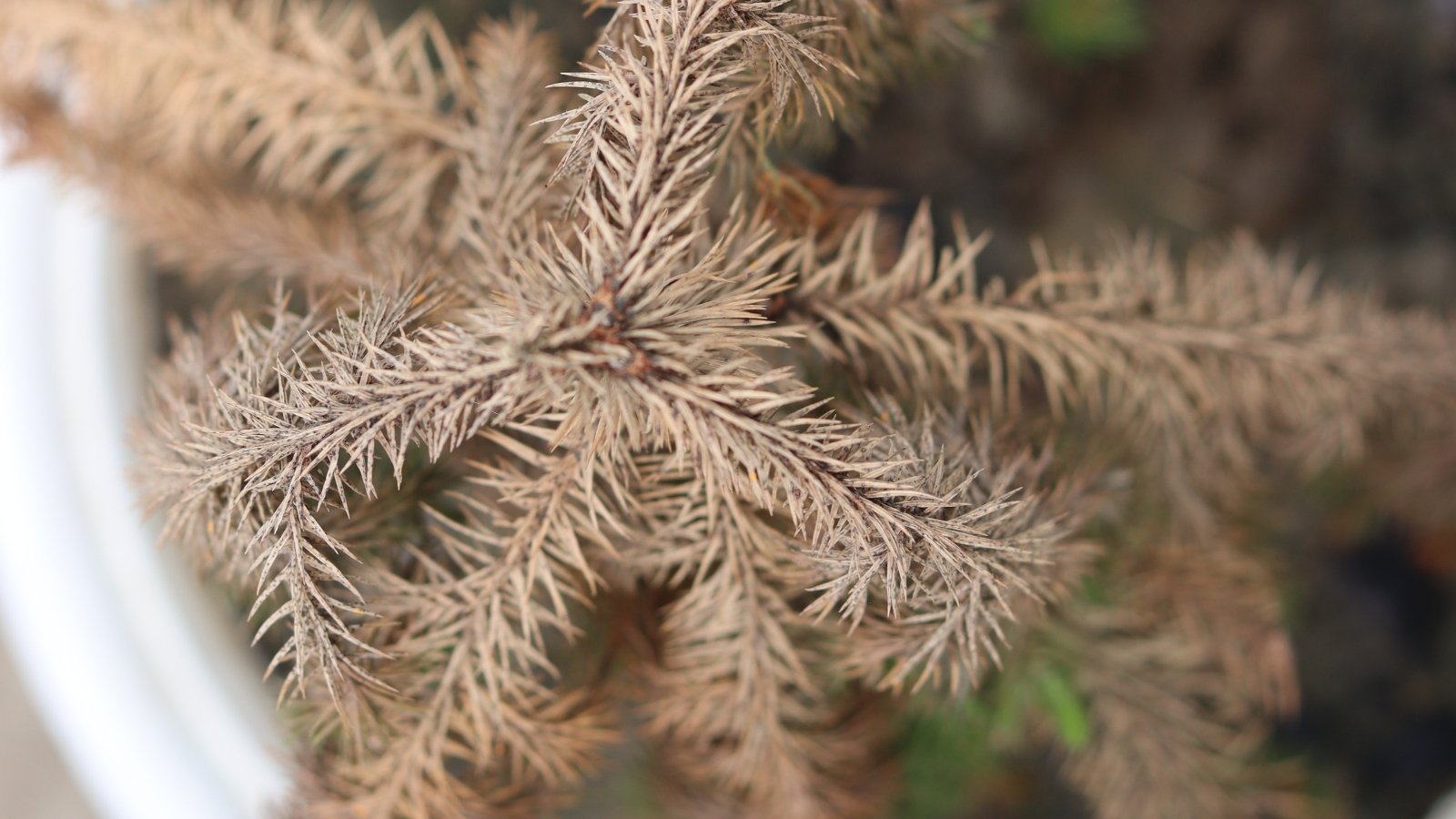
Norfolk Island pines generally have few pests to worry about. However, indoor plants can sometimes experience issues related to overwatering and, occasionally, bug infestations. This can especially be true after repotting.
Give your trees a thorough check after you repot them. Look for aphids, spider mites, scale, and mealybugs. If you used soil from the outdoors, there’s a chance of Armillaria fungus infecting the plants.
The most common problems to look out for are not pests and diseases, but environmental factors. Repotting changes the soil pH and nutrient composition your trees are used to. Browning or yellowing leaves or dropping branches mean your trees are undergoing stress.
Key Takeaways
Norfolk Island pines are subtropical evergreens native to the Pacific Island of Norfolk. In their native environment, they can grow upwards of 200 feet. As houseplants grown in containers, they seldom grow higher than 10 feet.
As your plants mature, they’ll outgrow their pots every three to four years. When this happens, it’s time to repot them in spring. In their new containers, their roots will take hold, giving them more room to grow.
With a few steps, replanting your evergreens in a new container can be easy and fun. By following these repotting guidelines, you’ll enjoy a healthy living Christmas tree for years to come.
